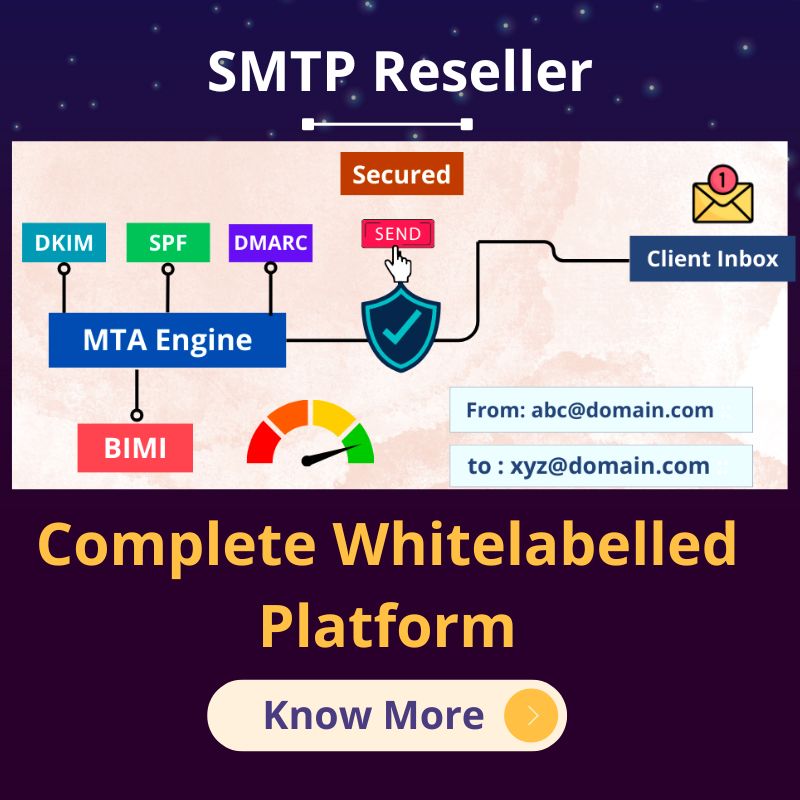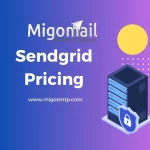Email security is paramount whether your correspondence covers political secrets, personal information or business data. Read on for our list of best practices to keep your email safe. An email was the first “killer app.” It very quickly went from being an expensive, idle curiosity, where users had to buy digital stamps in order to send each and every email, to something so ubiquitous that on average, people have 3 email addresses, even if they don’t regularly use them. It’s simple to set up a free email account. You can do it in literally minutes.
Maybe we should Not strike, we definitely should, and here are a few simple ways to help improve the security of your email.







